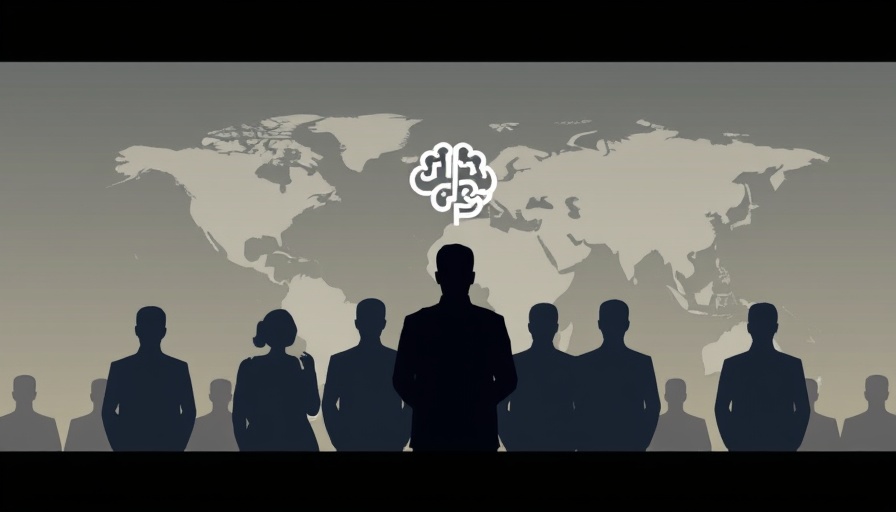
Understanding the Shift: From 996 to Purpose-Driven Work
The rise of China's 996 work culture—demanding employees work from 9 a.m. to 9 p.m., six days a week—has ignited debates about efficiency and productivity in the modern workplace. While some companies in the U.S. have recently adopted this grueling schedule in hopes of boosting competitiveness and accelerating progress, particularly in technology and artificial intelligence (AI), experts argue this approach overlooks the essence of productive, meaningful work.
Why More Hours Do Not Equal More Innovation
At first glance, working longer hours seems like a straightforward path to enhanced output. Many high-achieving professionals dedicate over 60 hours a week to their work, but they do so out of personal passion and commitment—not because a strict schedule dictates it. True innovation and commitment arise not from exerting pressure through mandated hours but from nurturing a work environment that emphasizes autonomy, trust, and shared values. Today’s workforce prioritizes the alignment of work with personal goals, such as growth, learning opportunities, and overall well-being, making it crucial for employers to rethink traditional time-based performance measures.
Challenges with Time-Based Metrics
Focusing on hours worked often leads organizations down a path of control rather than cultivated commitment. This leads to burnout, disengagement, and turnover as employees frustrated by rigid schedules often opt for more flexible opportunities elsewhere. Gen Z and millennials—now entering the workforce—are particularly vocal about these issues; they insist on work arrangements that are humane and respectful of their autonomy. They’ve seen their parents struggle through unyielding work cultures, and they are determined not to repeat those cycles of sacrifice for little return.
Emphasis on Trust Over Time
The central message is clear: to enhance performance, companies must cultivate relationships of trust with their employees. Strategies that center around measuring trust and fostering employee engagement yield beneficial outcomes. Research by professors Tamara Myles and Wes Adams highlights that nearly half of one's work experience quality hinges on leadership. Their findings suggest that by promoting a more trusting environment, companies can unlock greater potential among their workers, leading to performance enhancements rooted in meaning rather than mere time investment.
Future Trends in Work Culture
Looking ahead, the focus will likely shift even further from traditional metrics to holistic approaches that consider employee well-being and mental health. Organizations will need to adopt flexible models that allow workers to have agency over their schedules. As remote work becomes more common, the sustainability of work-life balance will become an even greater concern as employees seek environments that support their health and happiness. Thus, the future of successful workplaces may include hybrid models that prioritize both productivity and people.
Counter Perspectives on Work Culture
While many advocate for a shift away from the 996 culture, some argue that high-pressure environments foster resilience and drive. Debate surrounding this topic suggests that while pressure can offer short-term gains, it remains unsustainable in the long run. Workers often prefer workplaces that value their input and address mental health rather than simply rewarding hours spent laboring. The flexibility to adapt work hours to fit their lives leads to a more motivated workforce that values company commitment.
Common Misconceptions in Work Culture
One of the prevalent myths about productivity is the notion that longer hours inherently yield higher outputs. In reality, the opposite is often true. As employees work longer, they risk diminishing returns due to fatigue, decreased engagement, and increased mistakes. Organizations need to redefine productivity beyond just hours and consider the quality of the output alongside employee satisfaction and sustainability.
Final Thoughts on the Future of Work
Transforming workplace culture to reflect a commitment to trust, meaning, and autonomy over time-based metrics will define the organizations that thrive in the future. With a renewed focus on employee well-being, companies can not only improve productivity but also foster loyalty and deeper engagement among their workforce.
 Add Row
Add Row  Add
Add 




Write A Comment